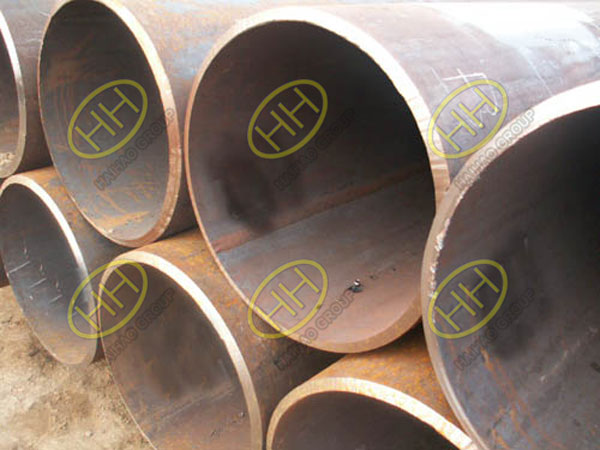What is pipeline corrosion and its process?
Pipeline corrosion refers to the deterioration of pipeline materials and related systems due to the interaction with the working environment.It affects pipes and fittings made of metal and non-metal.Pipeline corrosion can related catastrophic failures that it can cost the economy billions of dollars.
In other words, corrosion is a big problem.It mainly affects pipelines made of metals such as copper, aluminum, cast iron, carbon steel, stainless steel and alloy steel tubes used in buried, underground, submerged or other pipelines.This makes the design and selection of optimal piping systems and materials and their corrosion protection systems an extremely important issue in the oil and gas industry.
The pipeline corrosion process:
Most pipe corrosion is caused by electrochemical reactions in the presence of electrolytes.The electrochemical nature of the process also helps to detect and mitigate this deterioration by monitoring the voltage and current associated with the corrosion rate.
Corrosion rates of piping systems are generally related to external and internal factors.External factors include the working environment of the pipeline, the soil chemistry and the moisture of the buried pipeline, or the water chemistry in the case of submerged pipes.
Corrosion of most pipelines occurs due to an electrochemical reaction in the presence of an electrolyte. The electrochemical nature of the process also facilitates the detection and mitigation of this deterioration, which is accomplished by monitoring the voltages and the currents associated with the corrosion rate. The rate of corrosion of a piping system is generally related to both external and internal factors. External factors include a working environment of pipes, soil chemistry and moisture for buried pipes or water chemistry in the case of submerged pipes.
Internal factors that contribute to corrosion include:
- The oxygen content or reactivity of liquids and gases carried
- The use of dissimilar metals within the piping system
- The temperature, flow rate and pressure of the fluids and gases
There are a few different types of pipeline corrosion.For more details on pipeline corrosion types see the article: Types of pipeline corrosion

